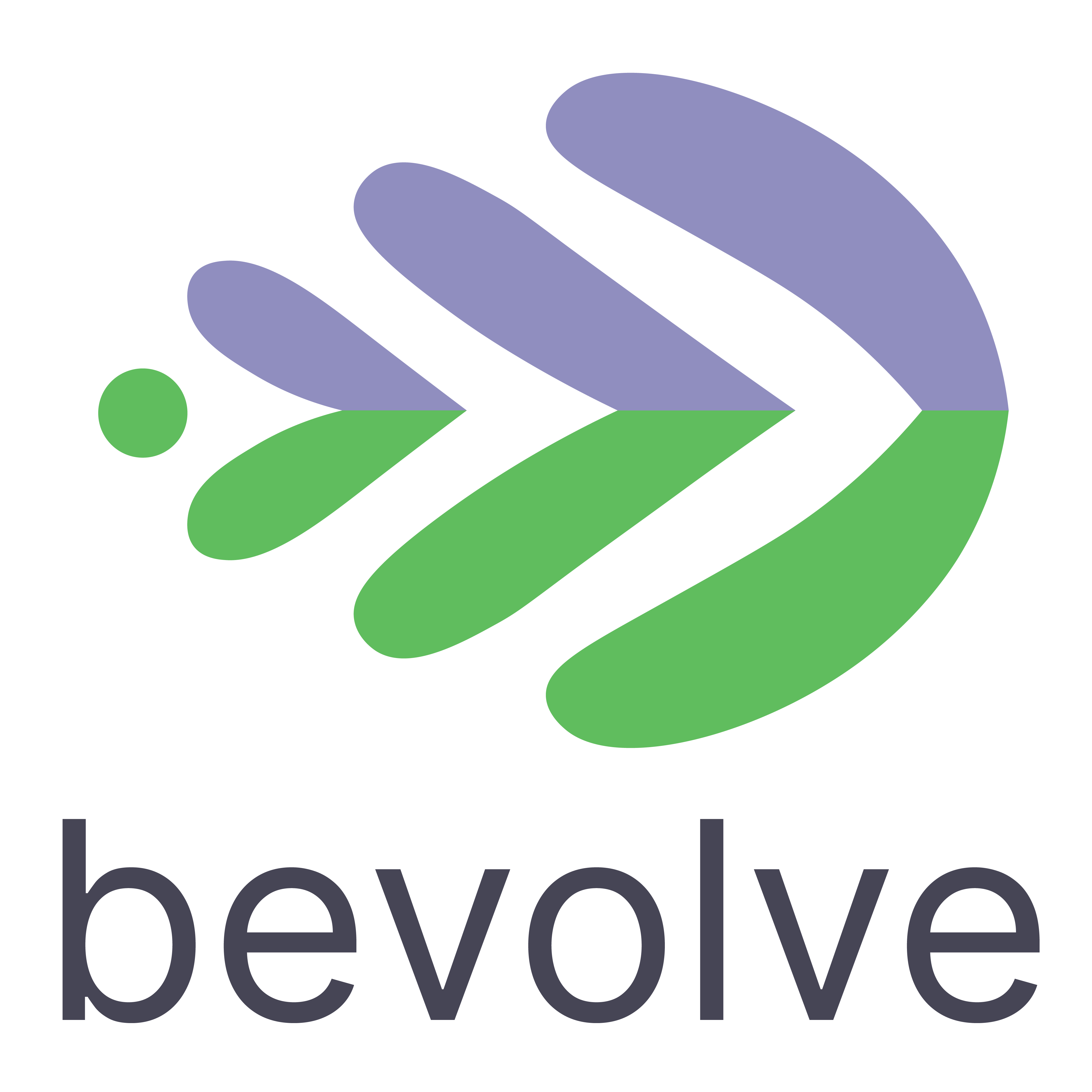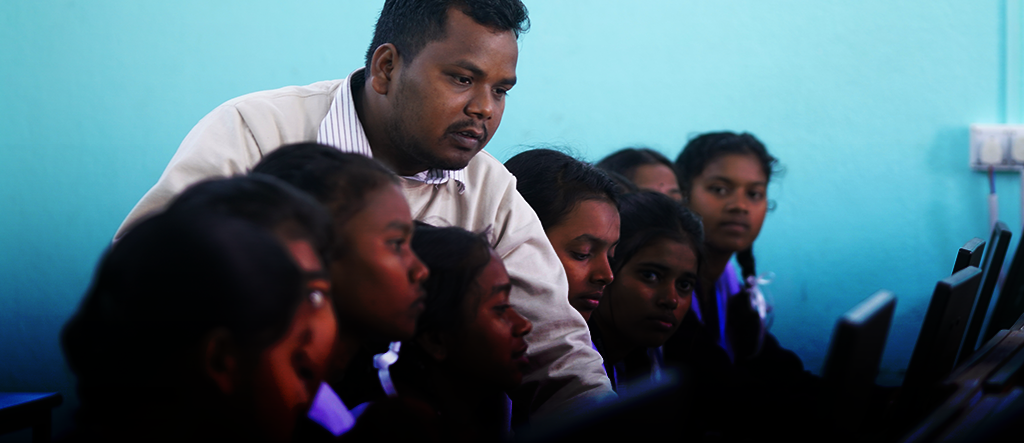



Case Study l NON-PROFIT ORGANIZATION
How to Measure the Value You Create Using SROI
Client
Art of Living Free Schools
Need
Evaluate overall impact and value created for the community
Industry
Non-Profit Organization
Goal
Bevolve was brought in to assess and report the social impact created by the AOL free schools in the tribal community
What we did?
- Identified and mapped all stakeholders and interventions
- Conducted a comprehensive SROI analysis covering educational, community, and economic outcomes
- Provided recommendations for future improvements and enhanced impact
- Created their 1st ever Social Impact Report
Case study explanation
India is home to the second largest tribal population in the world. For centuries, tribal communities have struggled with limited access to quality education and basic services, particularly in remote areas like Ghatsila in Jharkhand. As a result, these areas have fallen behind on key developmental indicators like education, livelihood, and health—dimensions that the United Nations uses to measure Human Development Index (HDI).
The Art of Living Free School has been providing educational opportunities to tribal children in this region since 1981. To understand the current impact of their interventions, share insights with stakeholders, and to identify areas for improvement, they needed a way to quantify their efforts.
We used SROI (Social Return on Investment) to measure, communicate, and transform the impact of their interventions.
Simple, Actionable Steps
The journey began with identifying key stakeholders and collecting data from the schools and the local community. We conducted interviews with tribal families, local leaders, and other stakeholders to understand their needs, challenges, and aspirations. This gave us a solid foundation to develop a Theory of Change that focused on the long-term impact of the interventions on education, income, and overall community well-being.
Using the SROI framework, we measured the returns on avoided dropouts, vocational education, and employment generation. We looked at both direct and indirect benefits—like improved literacy rates, enhanced local revenue, and better access to healthcare. The results showed the real value being created, helping everyone involved see the tangible impact.
We then created a comprehensive social impact report that aligned with recognized frameworks such as SVI, the Sustainable Development Goals (SDGs), and IRIS+. This not only ensured transparency but also built credibility with stakeholders, making the report measurable and shareable.
Our SROI analysis for this project revealed some fascinating results.
*Social Return on Investment (SROI) is a framework that quantifies the social, environmental, and economic value generated by an organization’s activities.
The overall SROI for the program was 8.11x, meaning that for every $1 invested, the program created $8.11 worth of value for society. This overall value is an average derived from three key areas:
- Returns on Avoided Dropouts
- Returns on Vocational Education
- Returns on Employment Generation
These numbers don’t just tell a story of social value—they also reveal a path to progress. By measuring and quantifying the social value created through educational and community programs, we uncovered opportunities to optimize resources, improve efficiency, and expand services.
Outcome: A Roadmap for the Future
Based on our analysis, we proposed a strategic roadmap for the school’s future growth:
- Community-Focused Growth: Expand this model to more tribal areas, address challenges like early marriage with targeted programs, and strengthen parent-teacher relationships to better support students.
- Boosting Education Quality: Invest in teacher training, update the curriculum, improve school facilities, and tackle the issue of girl students dropping out in Grade VIII.
- Building Vocational Skills: Partner with industries for job opportunities, create entrepreneurship programs, and provide resources for students looking to start their own businesses.
- Using Data to Drive Impact: Track progress using SROI and KPIs to measure impact and secure long-term funding from various sources.
- Expanding Thoughtfully: Grow the program steadily while ensuring high-quality standards, regular monitoring, and long-term sustainability across social, financial, and environmental aspects.
The Impact
The impact of this project goes far beyond numbers—it’s about real, lasting change in the lives of the tribal communities.
One alumna shared how the education she received at this school played a crucial role in her success as a BSF officer. Coming from a modest background with few resources, the school became her second home, providing everything she needed for her education and easing her family’s financial burden.
It’s been a pleasure supporting this organization throughout the assessment and helping them quantify and share their progress with their stakeholders
Contact us: catalyst@bevolve.ai








